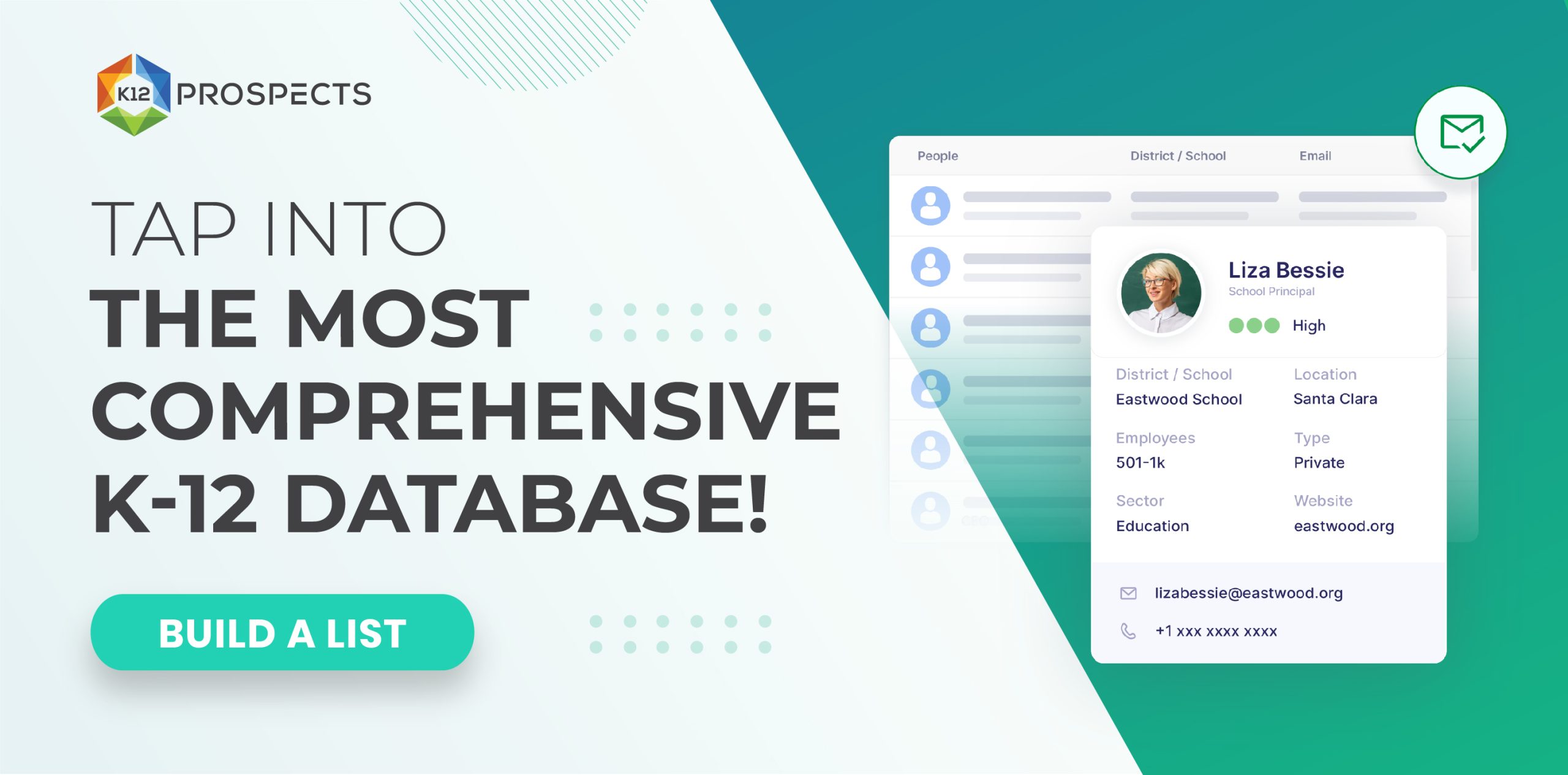The Future of School Purchasing: From Paper to Pixels
Introduction:
The transition from paper to pixels is more than just a technological upgrade—it represents a paradigm shift in how schools make purchasing decisions. Vendors who embrace digital procurement can streamline workflows, improve targeting, and build stronger, long-term relationships with schools. In today’s K-12 market, moving with the digital wave isn’t optional—it’s essential for success.
1. Digital Procurement Simplifies the Process
Gone are the days of endless paperwork and manual approvals. Schools now use digital platforms to submit purchase requests, track budgets, and approve orders online. For example, a medium-sized district in Ohio reduced its purchase approval cycle from two weeks to two days after moving to a digital system. Vendors benefit from faster responses and fewer lost opportunities.
Actionable Tip: Ensure your product is compatible with commonly used school procurement platforms, and offer digital-ready documentation to speed approvals.
2. Better Targeting with K12Prospects Data
K12Prospects provides comprehensive school and district data, including full contact information, budgets, expenditures, and purchasing patterns. Vendors can use this data to personalize outreach, tailor proposals, and focus on schools most likely to purchase.
Real-World Example: A vendor selling STEM kits used K12Prospects data to identify schools with growing STEM budgets. By targeting these districts, they increased their conversion rate by 35% within one quarter.
Actionable Tip: Segment your email and direct mail campaigns using budget and expenditure data to ensure you reach decision-makers with relevant products.
3. Enhanced Communication and Transparency
Digital procurement allows real-time updates on order status and approvals, reducing miscommunication. Vendors who proactively share shipment and delivery updates earn trust and repeat business.
Actionable Tip: Use automated emails or platform notifications to keep schools informed—transparency can differentiate you from competitors.
4. Predictive Insights for Future Purchases
Tracking historical purchasing patterns helps vendors anticipate future needs. For instance, a vendor supplying classroom furniture noticed that elementary schools typically refresh their seating in the fall. By proactively offering solutions in August, they secured early contracts.
Actionable Tip: Maintain records of past interactions and spending trends to approach schools with timely, relevant offers.
5. Add Value Beyond the Product
Schools appreciate vendors who provide support, training, or resources to maximize product impact. For example, an EdTech provider offering short onboarding webinars saw 50% faster adoption rates across districts.
Actionable Tip: Include professional development or easy-to-follow guides as part of your offer—this builds loyalty and increases chances of repeat sales.
Conclusion:
The future of school purchasing is digital. Vendors who embrace this shift—leveraging K12Prospects’ detailed data, anticipating school needs, and offering added value—gain efficiency, better insights, and stronger relationships with districts. Digital procurement isn’t just an advantage; it’s a pathway to long-term success in the K-12 market.


